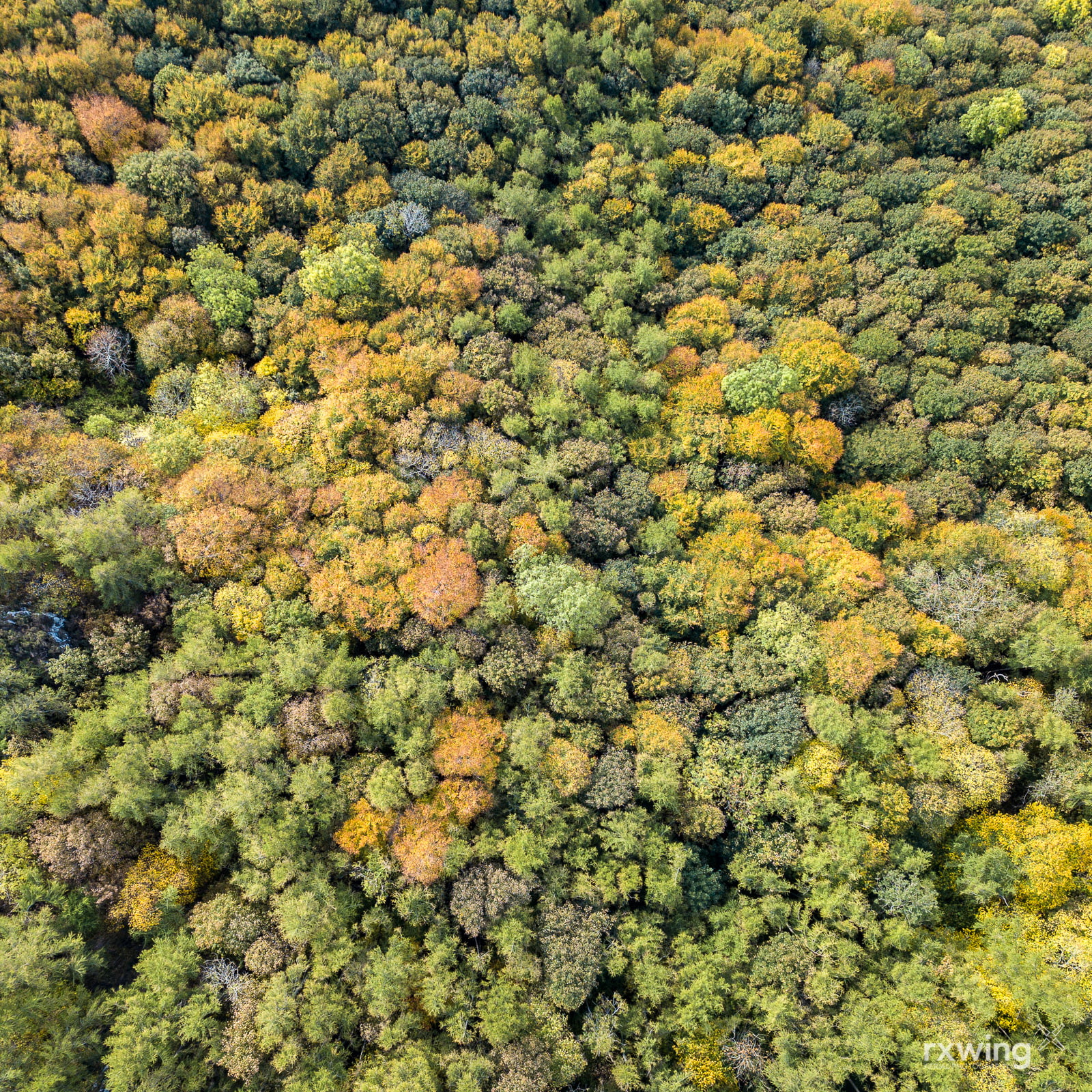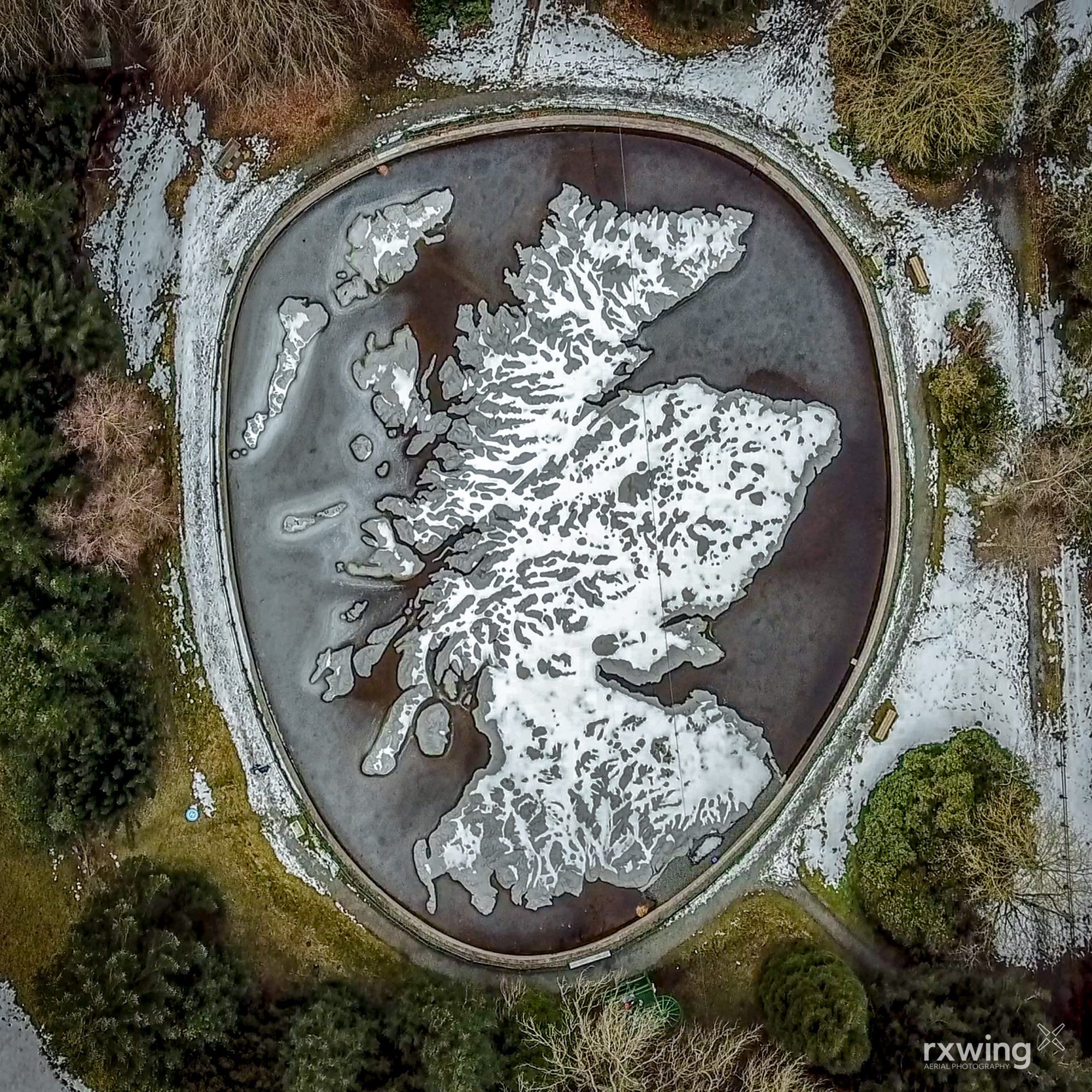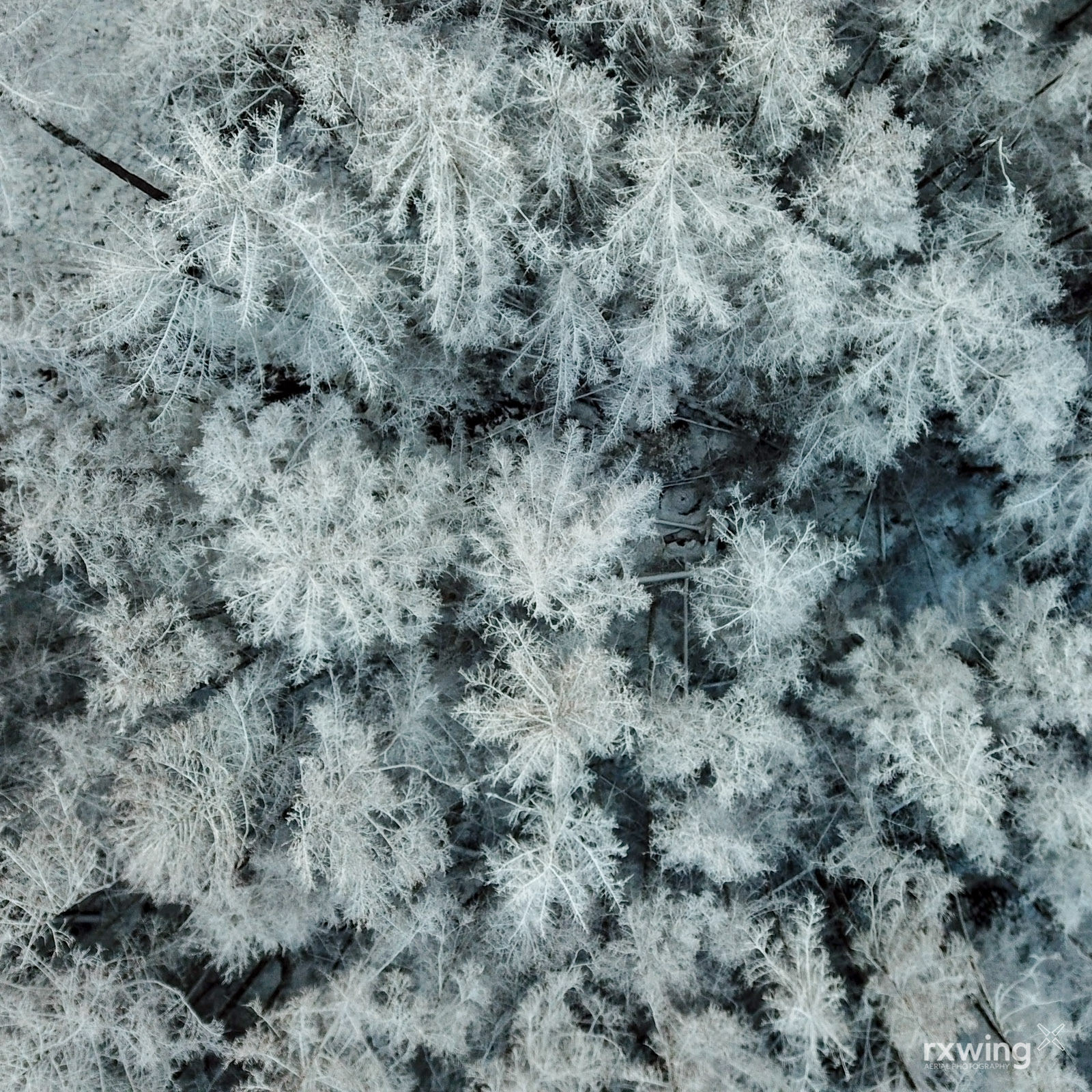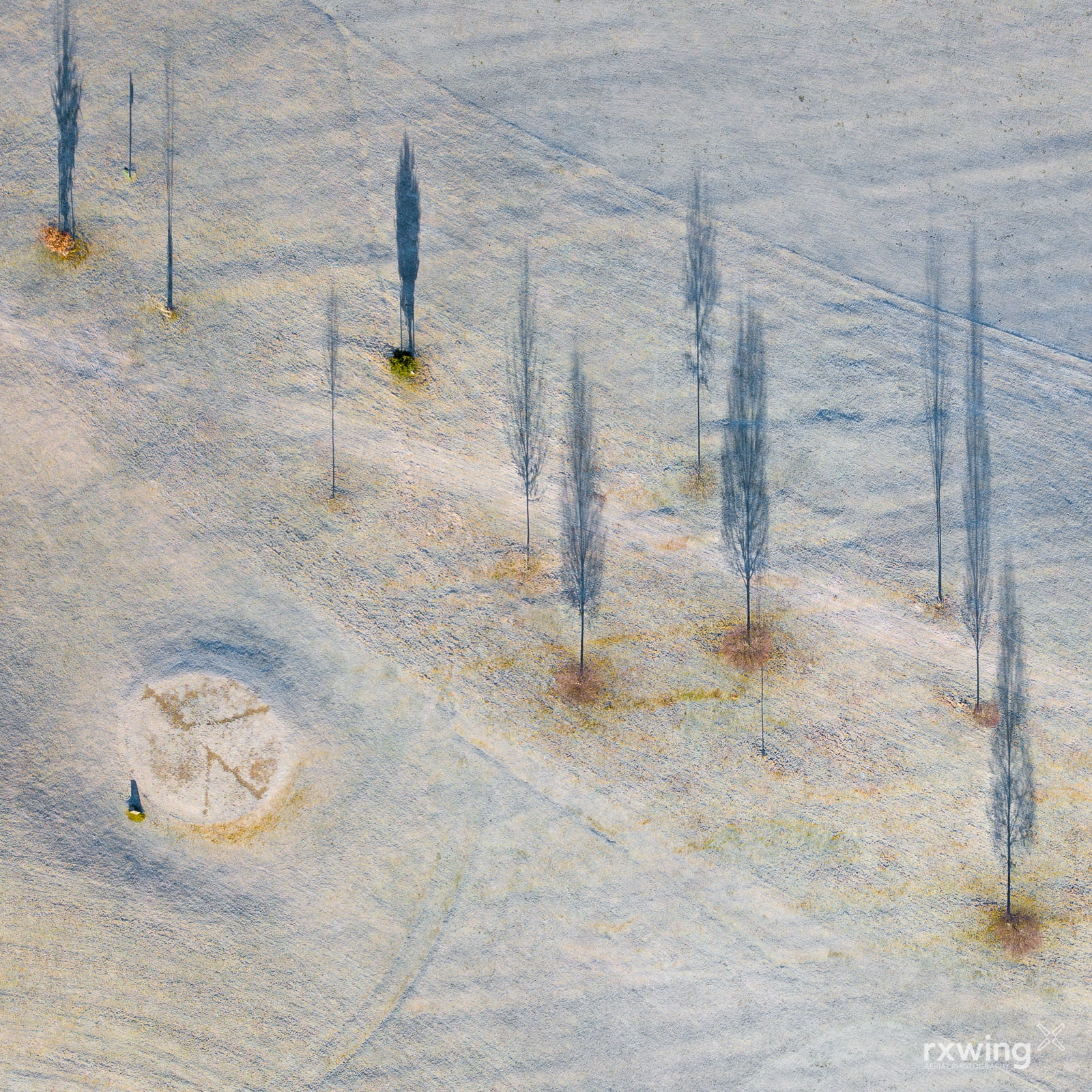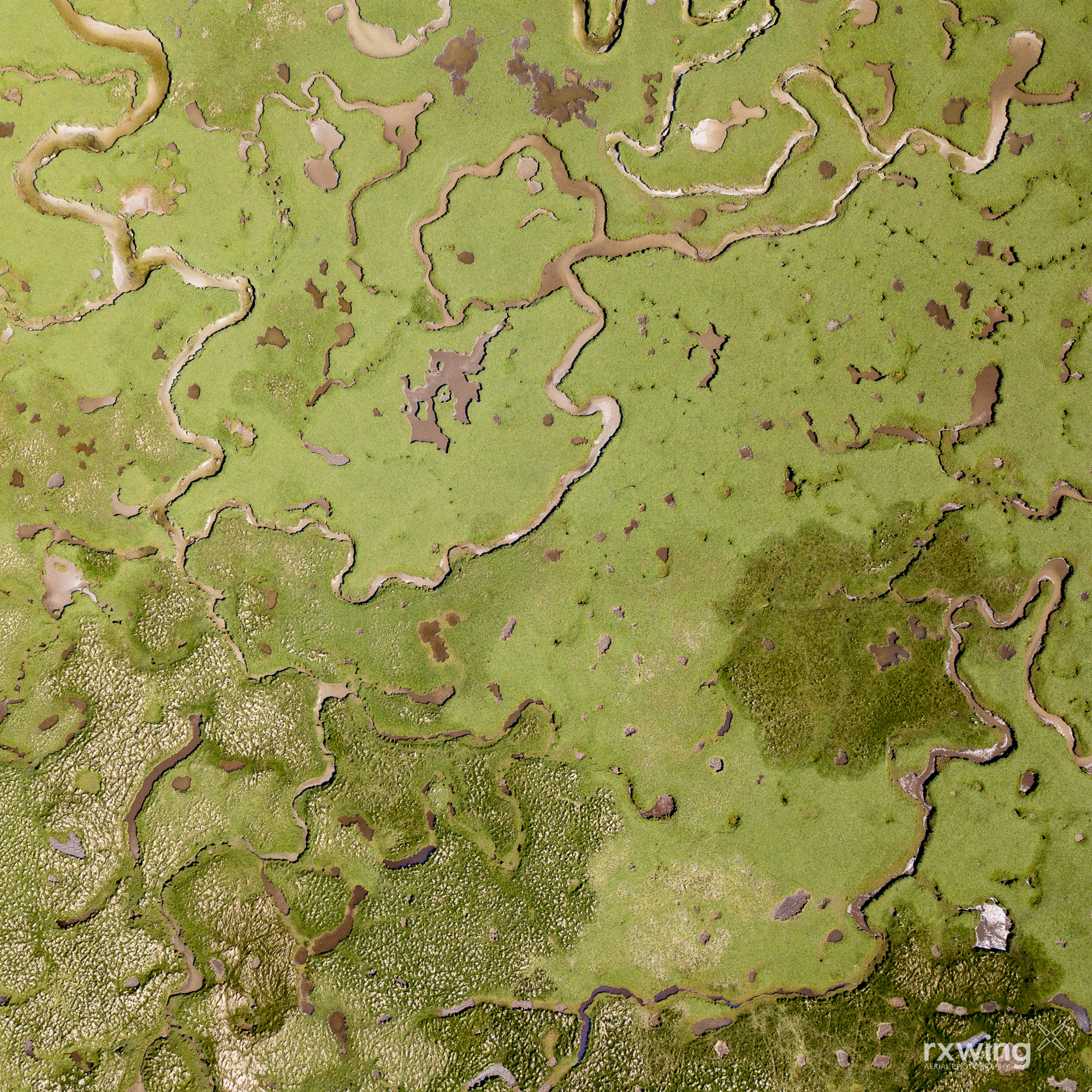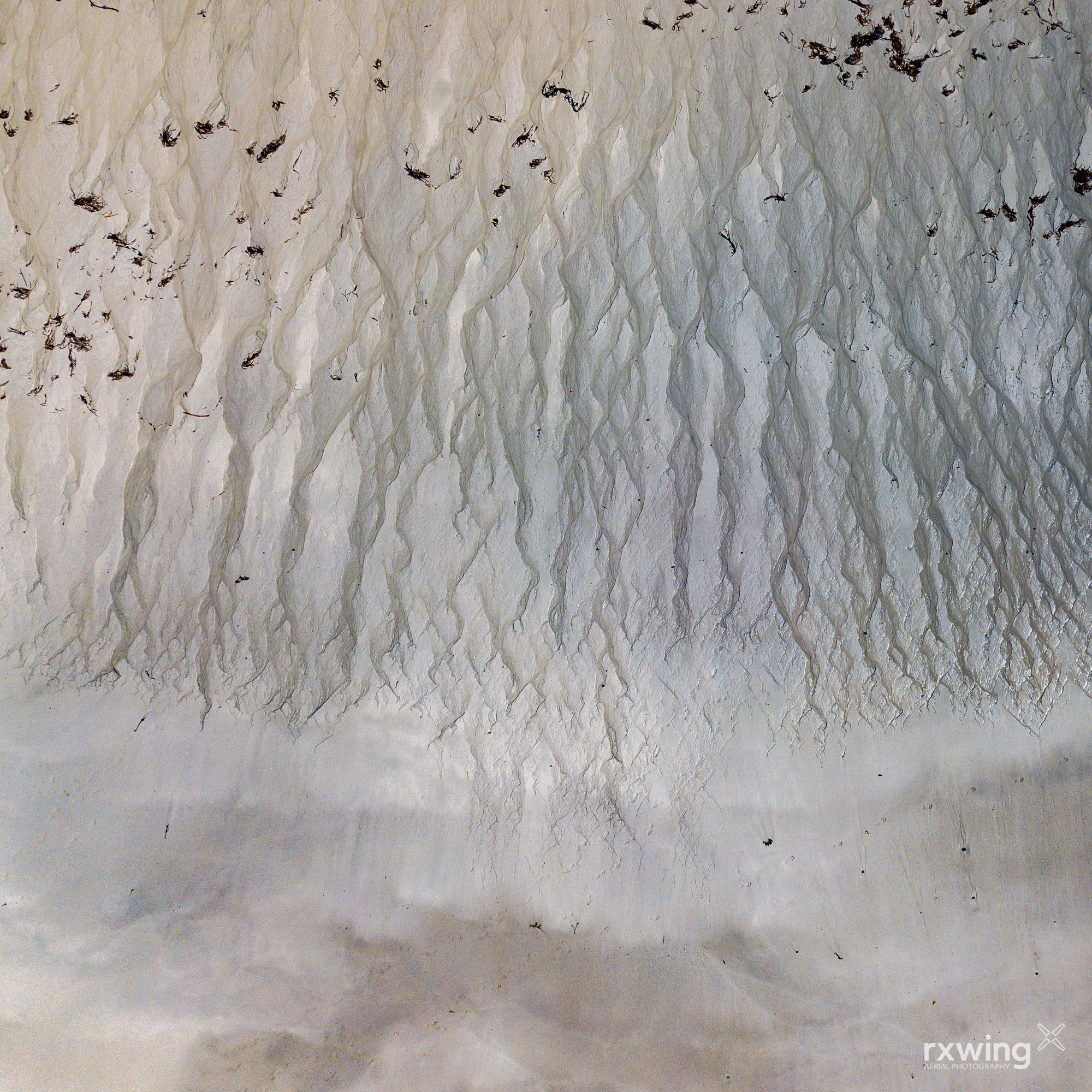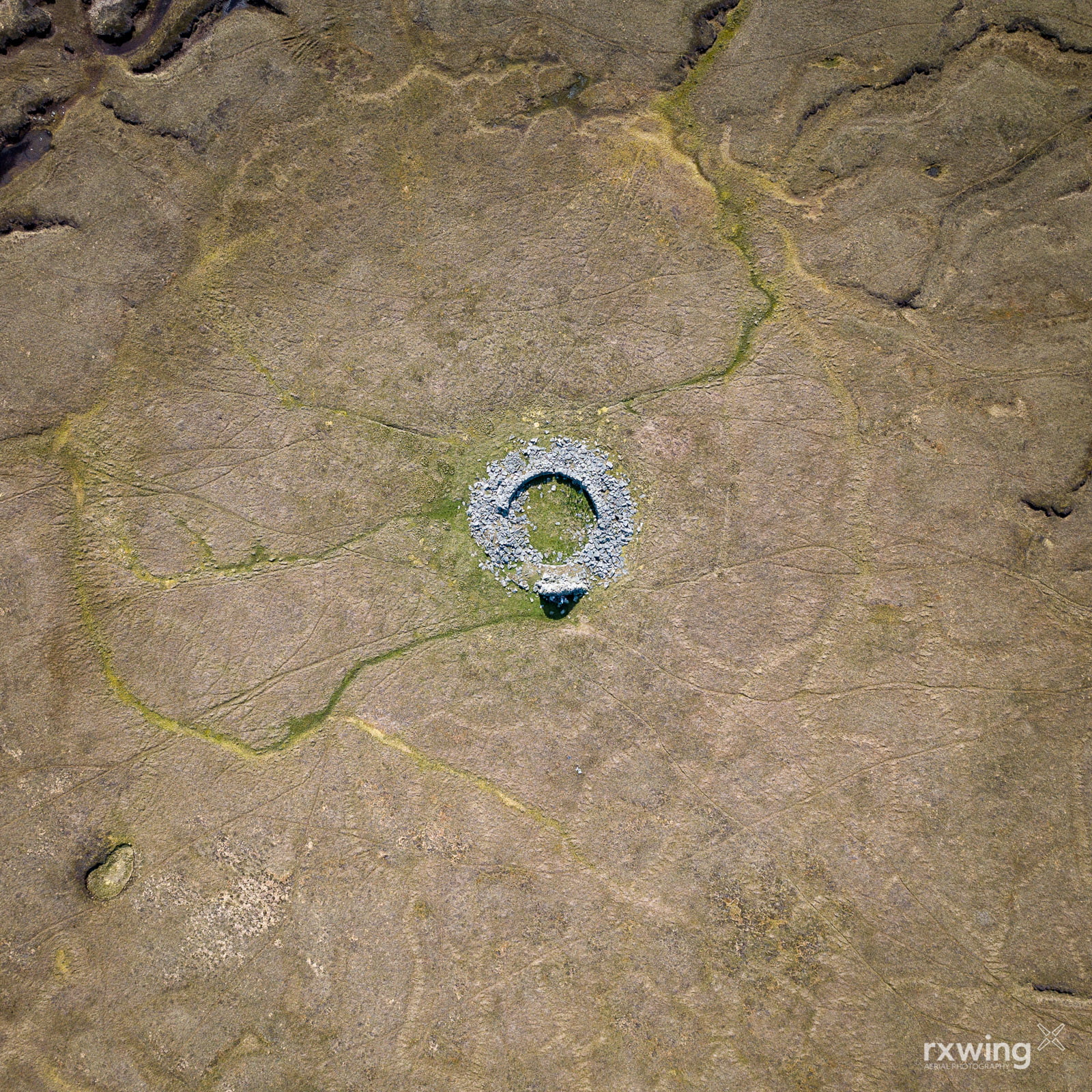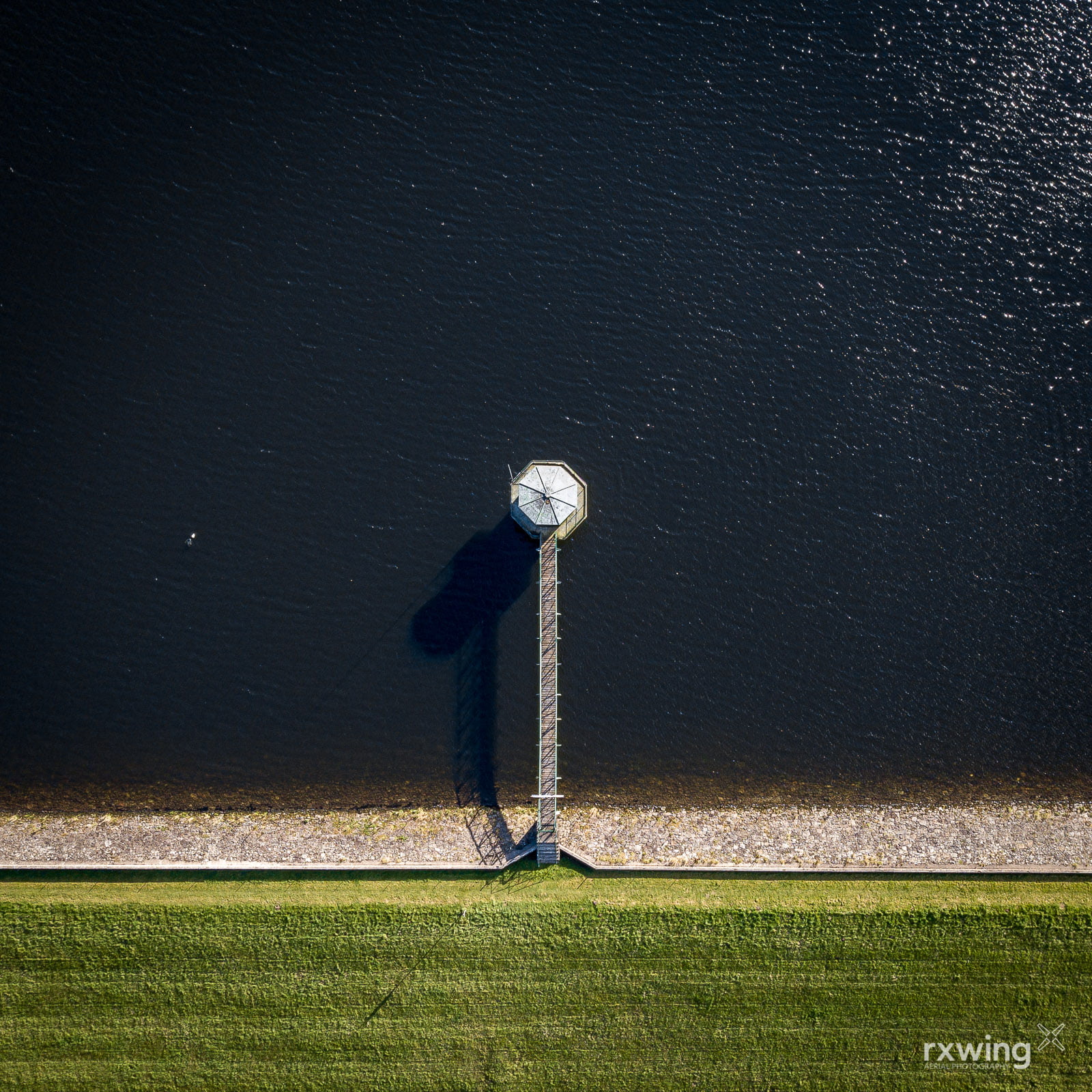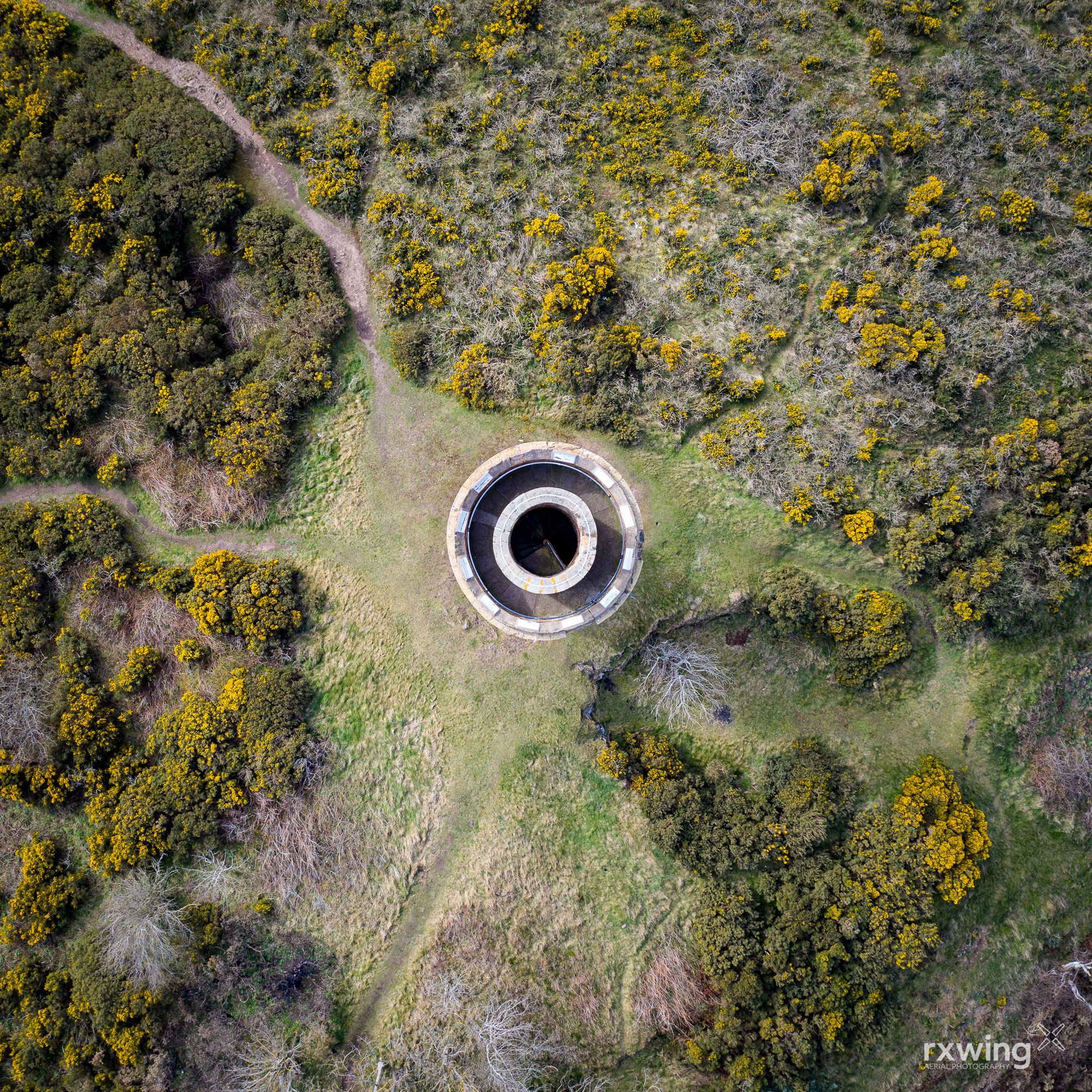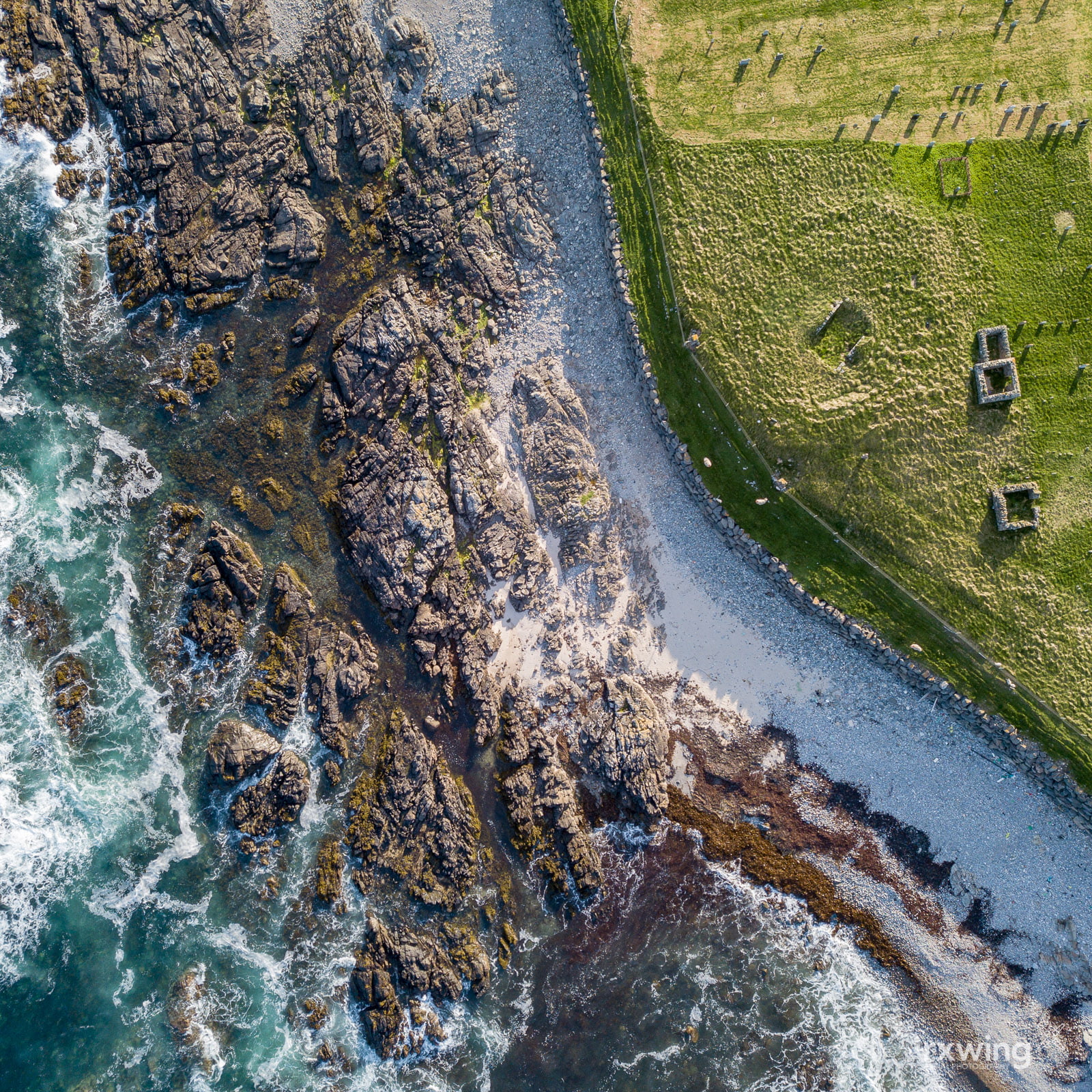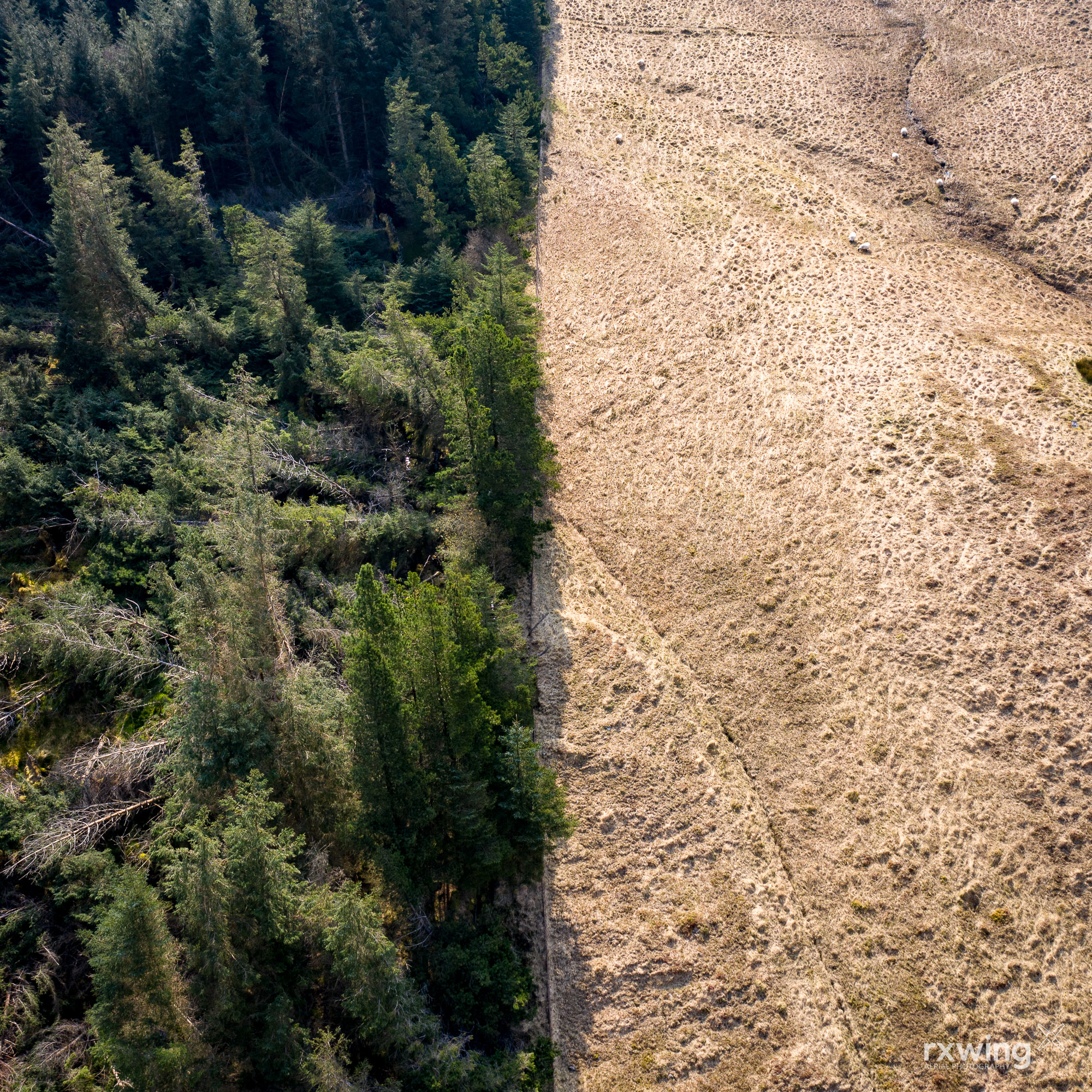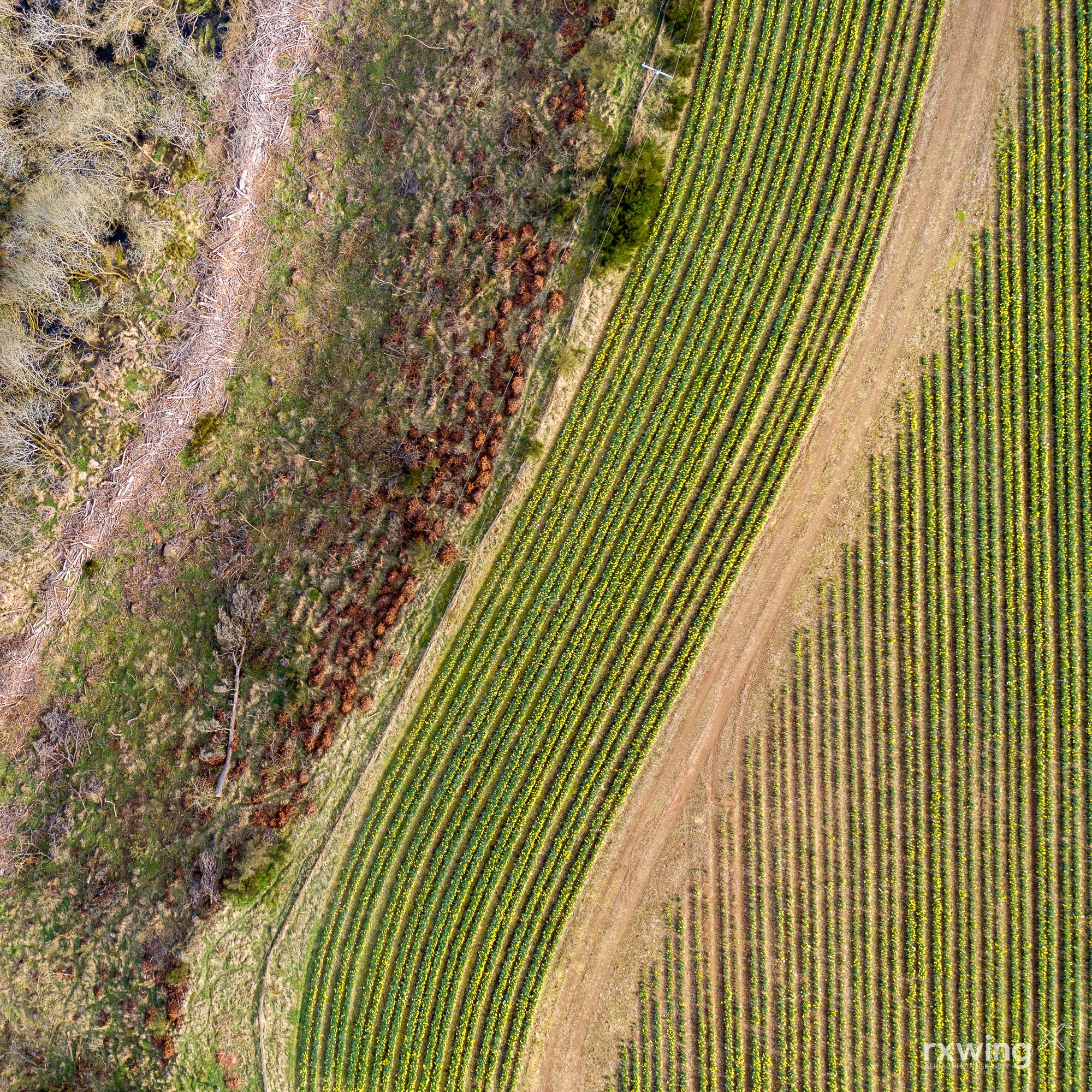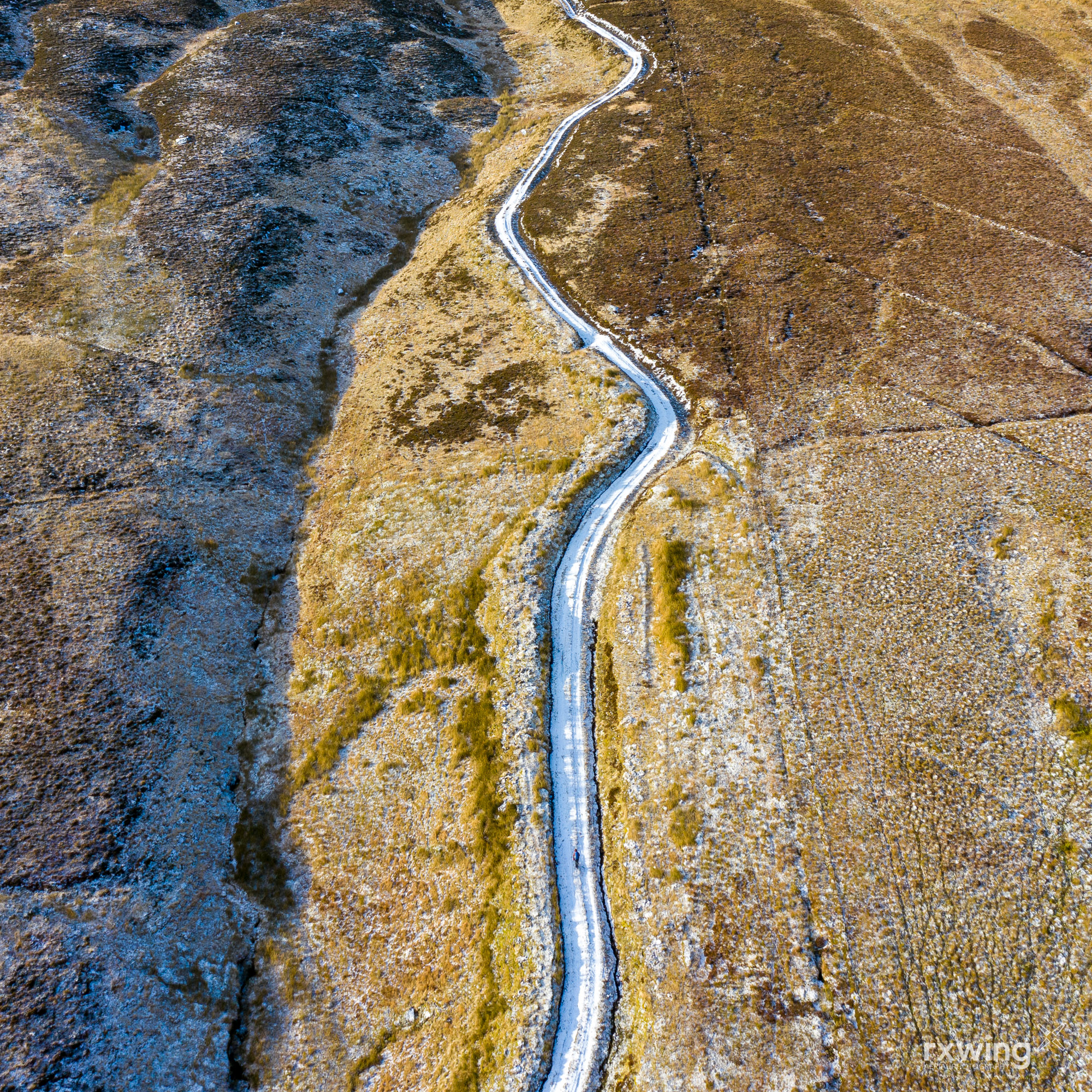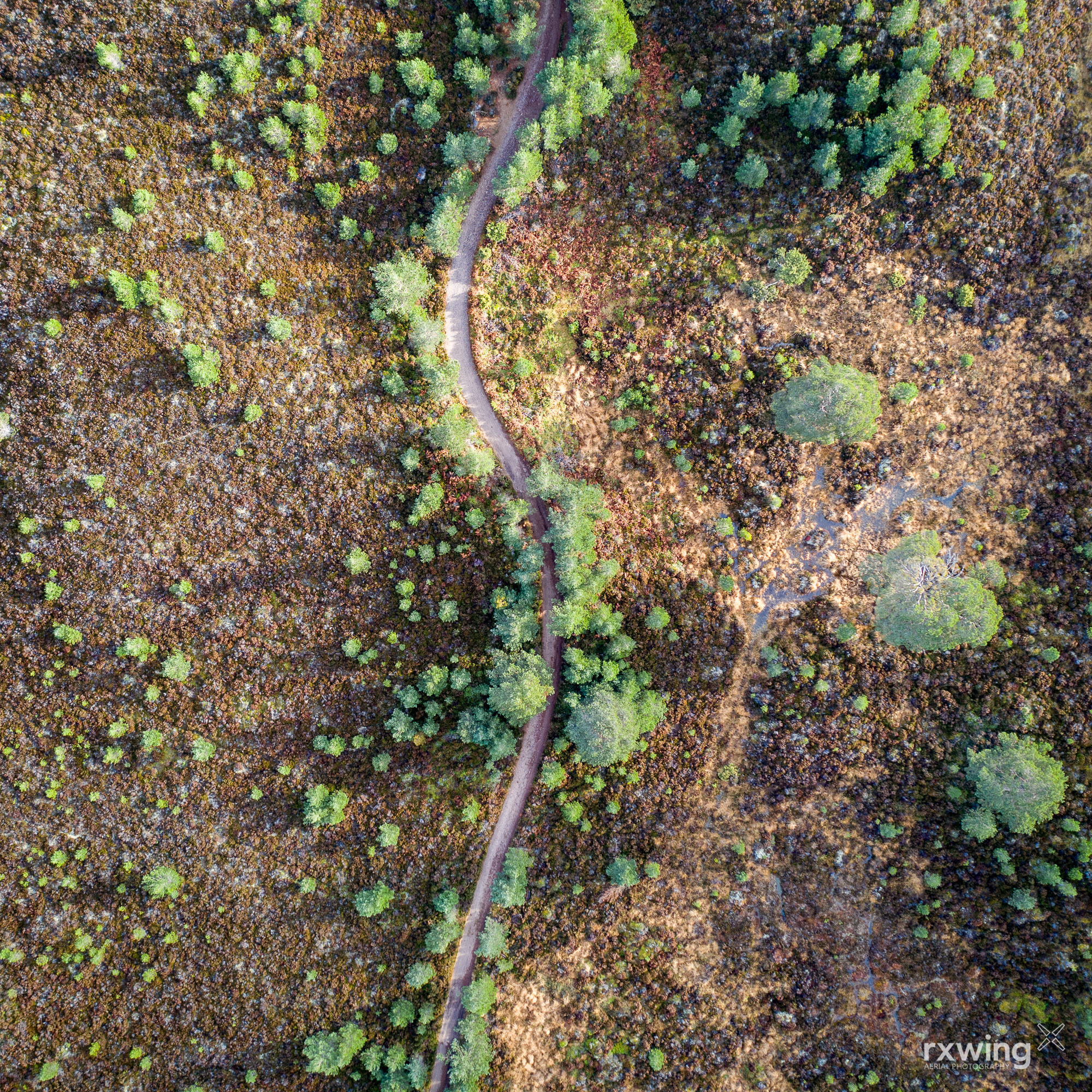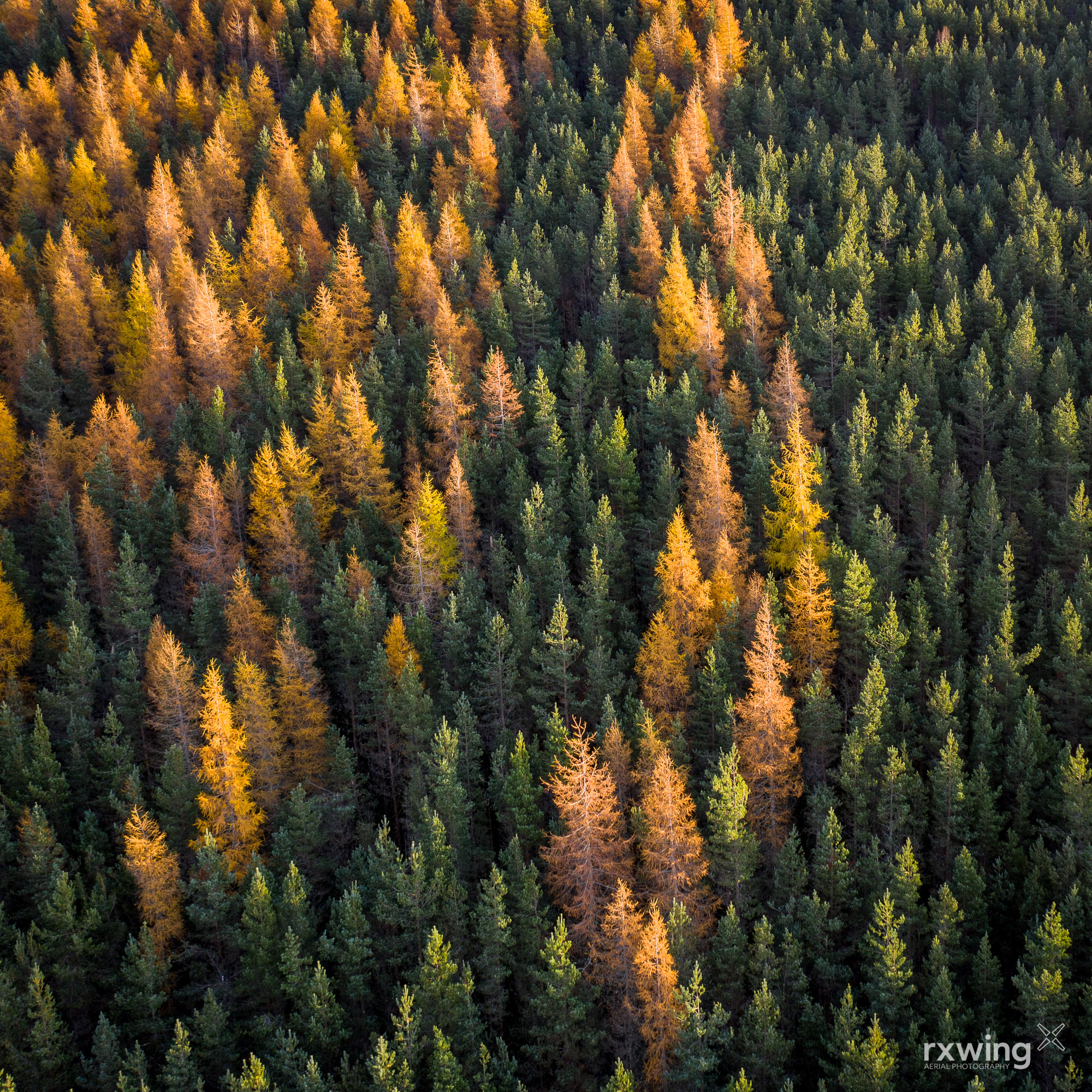Native
Deuchny, Perthshire
Native woodlands were the dominant natural ecosystems in post-glacial Scotland, but they were lost mainly as a result of human action or neglect.
Great Map
Eddleston, Scottish Borders
A 50m x 40m scale model of Scotland in the grounds of Barony Castle Hotel near Eddleston in the Scottish Borders. Built 1974 – 1979, rediscovered in 2010 and recently restored.
Plantations
Corran, Lochaber
Woodland cover in Scotland is around 18% of the land area. Of this about 90% is timber plantations made up of Sitka spruce and other conifers.
Golf
Dunkeld, Perthshire
Scotland has around 580 golf courses. If each covers an average area of 45ha2 (111 acres2) for 18 holes this is a total area of 261 kilometres2 (101 miles2).
Machair
Luskentyre , Isle of Harris
Machair is a Gaelic word meaning “fertile plain”. Found in the far north west it makes for good grazing for crofters and is home for many rare plants.
Tideline
Outer Hebrides
Mainland Scotland has 6,160 miles (9,910 km) of coastline. Including the many islands, this increases to 10,250 miles (16,500 km).
Brochs
Dun Bhuirgh, Isle of Lewis
Brochs are circular stone structures dating back to the iron age. For a long time they were considered to be defensive but recent studies suggest they were dwellings and a statement of prestige.
Reservoir
Glensherup, Ochil Hills
There are 670 reservoirs in Scotland, 80% of which are created by embankment dams to supply drinking water or hydro power. Most are over 100 years old.
Monument
Hopetoun, East Lothian
Standing 95 ft (29 m) high the Hopetoun (Garleton) Monument was erected in 1824 in memory of John Hope, 4th Earl of Hopetoun. There is a similar one in Fife.
Worship
Galson, Isle of Lewis
Teampall nan Crò Naomh (Church of the Holy Blood) is a ruined 13th century chapel and a reminder of the relationship between religion and the landscape.
Deer Fence
Fionn Ghlean, Lochaber
Deer fencing is used to protect saplings against red deer. Once established the boundary between plantation and grazed land is often stark.
Daffodils
Kinclaven, Perthshire
Scottish daffodils flower later than their southern counterparts and sales depend on where Easter falls in the year. Flowers and bulbs are exported around the world.
Hill Tracks
Cairngorms National Park
Changes to the planning laws have meant tracks for agricultural use don’t need planning permission, as a result an increasing number of tracks have appeared in glens and upland areas. Sometimes they are relatively discreet all terrain (argo) tracks, but in others they are bulldozed roads which significantly alter the character of the area.
Regeneration
Cairngorms National Park
Regeneration schemes across the Highlands have given trees and shrubs a change to re-establish against the persistent pressure of grazing. This regrowth encourages biodiversity and helps slow water running off the land, thus reducing the risk of flooding downstream.
forestry
Cairngorms National Park
Woodland cover in Scotland is around 18% of the land area. Of this about 90% is timber plantations made up of Sitka spruce and other conifers. Biodiversity within plantations is a fraction of that within native forests.

